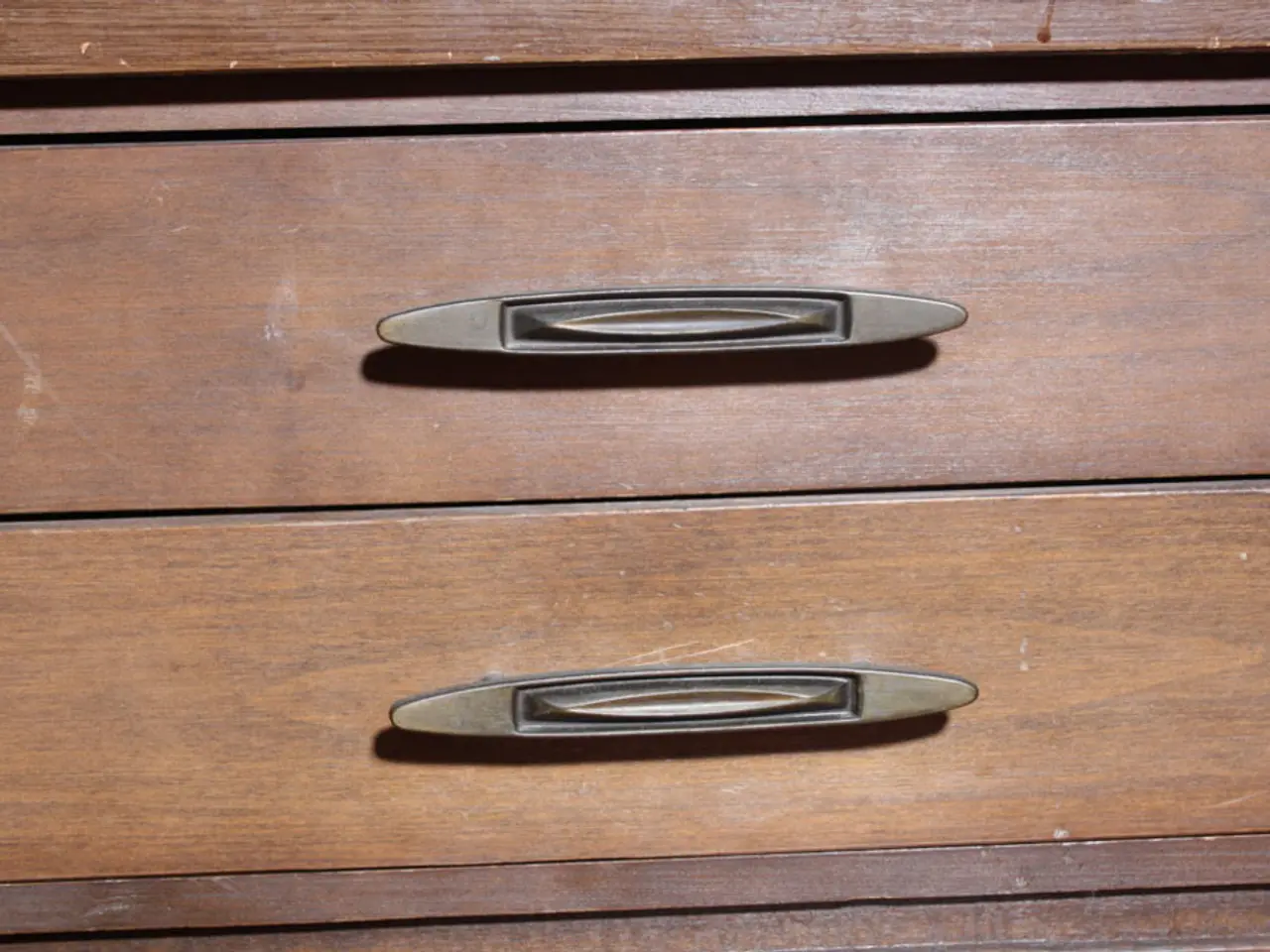Understanding love handles and exercise suggestions for their reduction:
=================================================================================================
Losing those stubborn love handles can be a challenge, but with the right combination of lifestyle changes, diet, and exercise, it's an achievable goal. Here's a guide to help you understand the factors contributing to love handle development and the strategies to minimize their appearance.
Understanding Love Handles
Love handles, or body fat that accumulates around the waist, are a common concern for many individuals. It's essential to note that love handles do not pose any inherent danger or cause for shame. However, they can signal obesity, which may lead to a higher risk of certain conditions.
Lifestyle and Diet Changes
A healthy daily routine is crucial in reducing overall body fat. Adopt a balanced diet low in processed foods and high in fiber and protein. Staying well-hydrated, managing stress, and ensuring at least 7 hours of quality sleep per night are also vital.
Exercise for Fat Loss and Muscle Building
- Strength Training: Building muscle mass in large muscle groups like the back, shoulders, and glutes is essential. This helps raise your resting metabolic rate and reduces overall fat percentage, leading to less fat stored around the waist.
- Cardio and HIIT (High-Intensity Interval Training): These exercises burn calories effectively and improve cardiovascular health. Incorporating at least an hour daily of cardio or weightlifting combined with HIIT can accelerate fat loss.
- Core and Oblique Exercises: While "spot reduction" of fat in a particular area like love handles isn’t possible, targeted exercises can grow the underlying muscles and improve waistline appearance. Examples include standing side crunches, side planks, Russian twists, bicycle crunches, and mountain climbers.
Consistency is Key
Consistently performing these exercises 3-5 times per week, along with sustained healthy lifestyle choices, helps maintain fat loss and muscle tone over time.
Associated Health Risks
Reducing love handles is also associated with lowering risk factors for metabolic disorders such as insulin resistance and cardiovascular disease, since excess fat around the waist is linked to such complications.
Age and Other Factors
Age may increase an individual's likelihood of developing love handles, as body composition changes as people age. Untreated medical conditions, such as hypothyroidism, can increase the likelihood of weight gain and love handle development. Both stress and sleep deprivation can affect cortisol levels, a glucocorticoid that affects metabolism, boosts appetite, and causes an individual's body to store more fat.
Tips for Minimizing Appearance
Wearing flattering clothing, such as loose-fitting pants and skirts, can help minimize the appearance of love handles. Drinking enough water can help prevent dehydration and, therefore, fluid retention, which may make love handles appear worse.
In summary, combining a healthy diet and overall fat reduction with strength training, cardio, and targeted core exercises forms the best approach to minimize love handles and associated health issues sustainably.
- Love handles, while posing no immediate danger, can indicate a higher risk of conditions linked to obesity, including metabolic disorders and cardiovascular disease.
- A balanced diet low in processed foods and high in fiber and protein, coupled with a healthy lifestyle, can help reduce overall body fat and minimize love handle development.
- Strength training targets large muscle groups, which raises the metabolic rate and reduces overall fat percentage, thereby lessening fat in the waist area.
- High-Intensity Interval Training (HIIT) combined with cardio or weightlifting exercises can expedite fat loss and cardiovascular health improvement.
- While targeting specific areas for fat reduction is not possible, core and oblique exercises can strengthen underlying muscles, enhancing the appearance of a slim waistline.
- Diseases like multiple sclerosis, dry macular degeneration, ulcerative colitis, and degenerative disc disease may impact an individual's health and wellness beyond the scope of love handles.
- Science continues to uncover predictive factors for various health conditions, and maintaining a healthy weight, managing nutrition, asthma, Crohn's disease, and stress levels may contribute to overall well-being.
- Aging may increase the likelihood of love handle development due to changes in body composition, but untreated medical conditions can exacerbate this risk.
- Lifestyle factors like stress and sleep deprivation can impact cortisol levels and contribute to weight gain and love handle formation.
- In addition to exercises, health-and-wellness strategies may include wearing flattering clothing, maintaining adequate hydration to prevent dehydration and fluid retention, and prioritizing quality sleep for optimal health and fitness.




